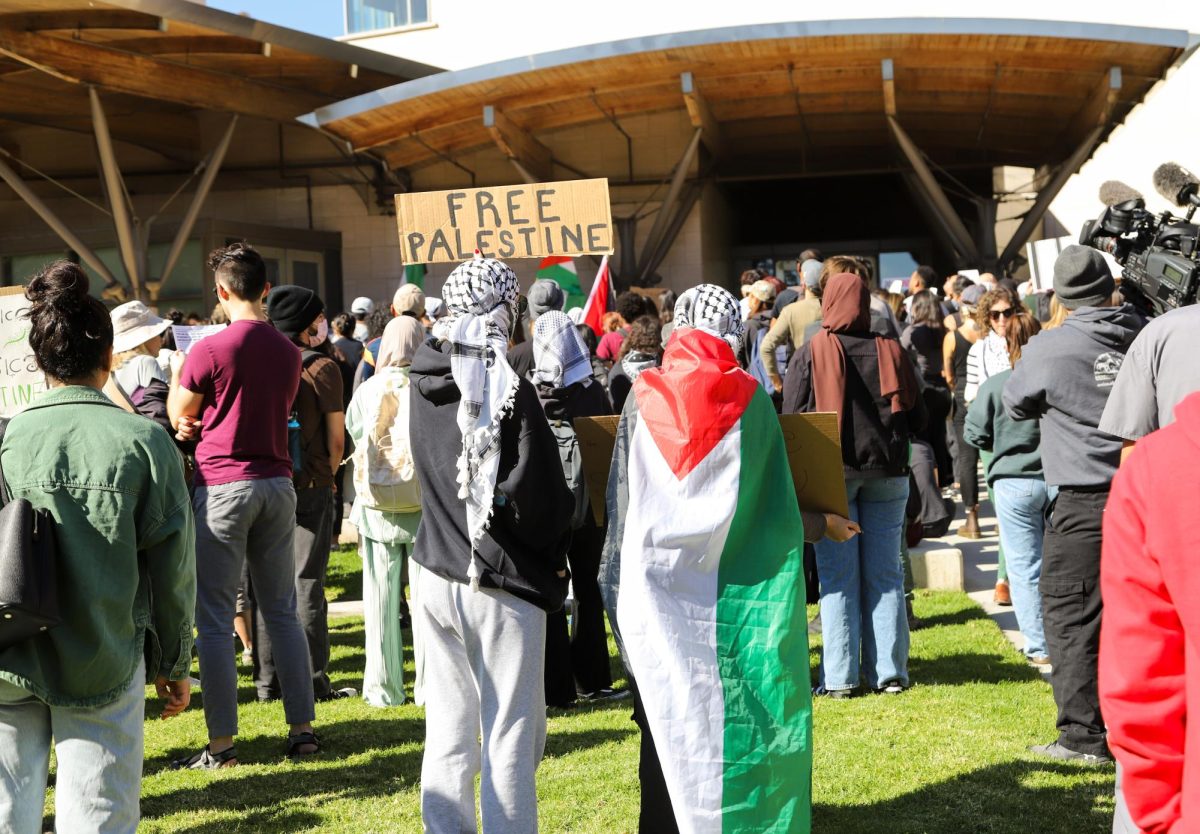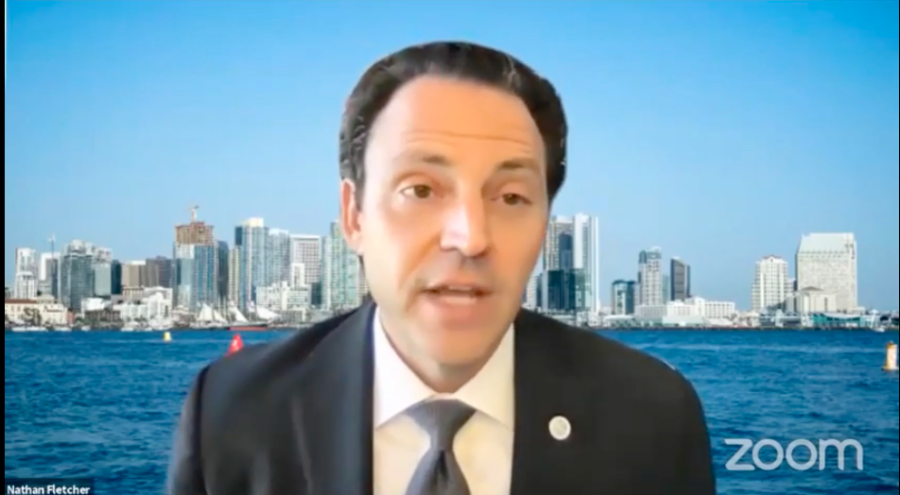For two weeks, UCSD students have been spreading around the latest news: Sixth College is to be relocated to take up the area between Muir and Thurgood Marshall Colleges. After the administration officially confirmed its intention to make this campus rearrangement by 2019, many students expressed their skepticism towards the new initiative presented to the Muir College Council by the Department of Physical and Community Planning. Admittedly, school authorities have good reasons for a potential territorial reform on campus, but students have reason to be concerned. Without careful consideration for where Sixth College should relocate, students may end up sleeping on the curb next to the Muir Parking Lots.
Quite a plot twist for many, relocation can be explained by two factors. It is necessary to provide space for the Blue Trolley Line that is to be extended to the UCSD campus by 2021. The public transportation expansion includes the opening of a Pepper Canyon station on the west side of the UCSD campus, where Sixth College students are currently residing. This project, which took the city years to approve and will take two billion dollars to execute, additionally requires our school to invest in moving the residents and facilities of Sixth College in order to provide other students with a convenient access to a new Trolley Line.
The administration, nevertheless, is willing to sink money into the project, as it seems to complement UC President Janet Napolitano’s plan to add 14,000 beds to University of California campuses by 2020 — the second relocation factor. Director of Physical and Community Planning Robert Clossin stated that rebuilding Muir Parking Lots will allow the university to build new housing facilities with 1,800 beds, together with learning facilities, a social science building and potentially a humanities building.
Of course, with the construction that will be brought to campus by the relocation of Sixth College comes the issue of parking. A major concern among students is the loss of major parking lots in Muir, which Sixth College will replace. To avoid exacerbating the neverending parking problem, Physical and Community Planning are considering building a new parking structure as a part of their reconstruction plan. In addition, with the installation of the Pepper Canyon stop on the Mid-Coast Corridor Light Rail, students — particularly commuters — will be offered free and convenient access to campus that would, in turn, reduce the need for parking. Though it’s true that Sixth students will be displaced during the relocation, a few years of this is worth the value of having a substantial and free system that connects UCSD to the greater San Diego area, which would extend south to Chula Vista and east to El Cajon. The result would benefit commuters and any students living off campus — who make up 56 percent of the UCSD undergrad population — while making UCSD less isolated and more integrated into San Diego.
The move to uproot an entire college may seem drastic, but remarkably, it is not the first time that UCSD is moving the whole college. According to the university website, in 2003, Eleanor Roosevelt College migrated from today’s territory of Sixth College to its current 23 buildings on the northwest of UCSD’s campus. Such example of successful relocation brings hope that moving Sixth College is not only possible, but will be beneficial to the university’s infrastructure and to students’ access to and from the university.
The relocation is a strategic move that can bring improvements to UCSD. However, it undoubtedly adds to the issue of an overcrowded campus. If bringing more students to the campus will take away from the quality of education and availability of resources for every accepted Triton, 1,800 beds and a trolley line is not what we should be cheering for.










